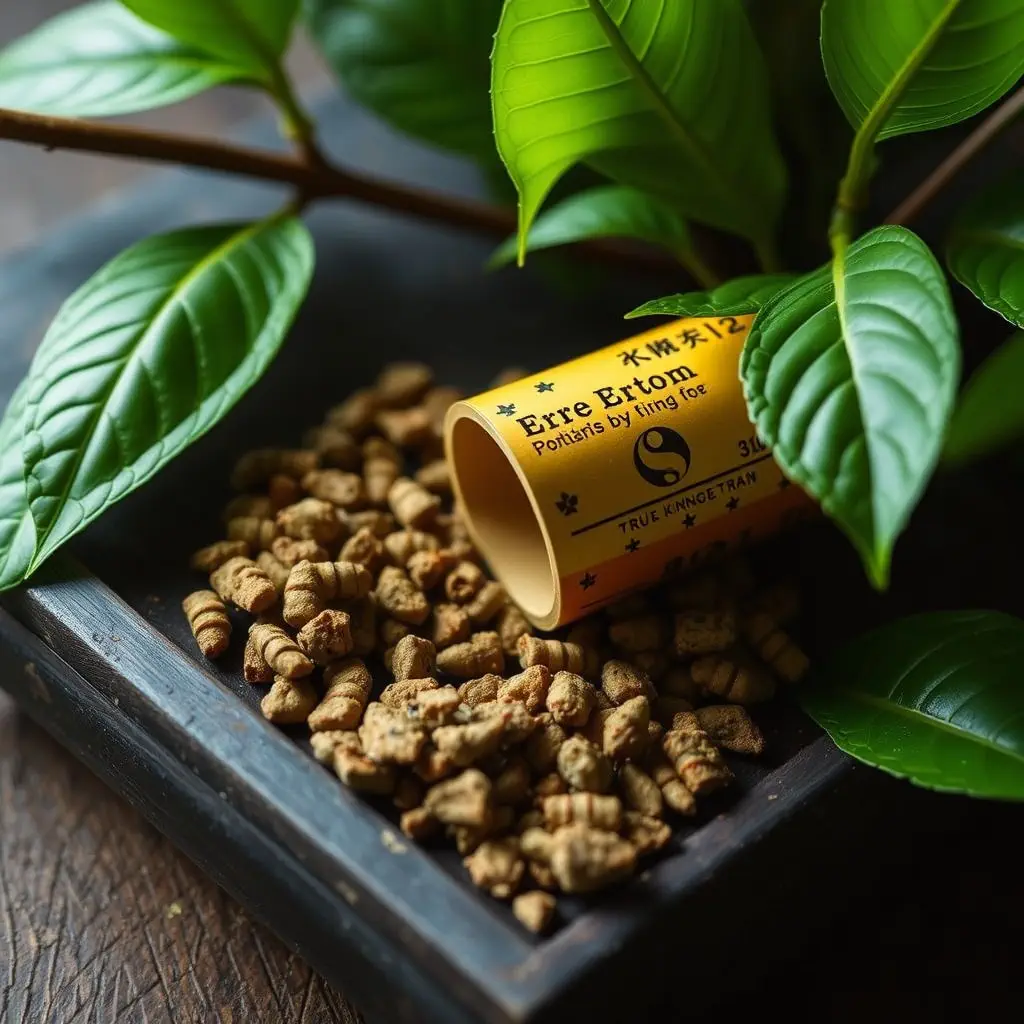Vietnam's renowned lotus blue flower Kratom is a result of carefully cultivated leaves harvested at peak freshness under the jungle canopy, followed by a meticulous drying process. This unique method creates a highly sought-after wellness product with calming and energizing effects. However, unsustainable practices threaten both the kratom industry and the ecosystem, prompting farmers to adopt sustainable cultivation methods like regulated harvesting and organic farming to preserve biodiversity and ensure a consistent supply of high-quality lotus blue flower Kratom.
“Vietnam Kratom Leaves, especially the enigmatic Lotus Blue Flower, have gained attention for their unique properties. This article unravels the intricate process of harvesting and processing these special leaves, known for their vibrant blue hue. We explore the benefits and uses of Vietnam Kratom, from its potent pain-relieving effects to its potential in anxiety management. Furthermore, sustainability and safety are at the forefront as we delve into responsible cultivation practices, ensuring a harmonious relationship between nature and the rare Lotus Blue Flower.”
- Harvesting and Processing Vietnam Kratom Leaves: The Lotus Blue Flower Story
- Benefits and Uses of Vietnam Kratom: Unlocking the Potential of the Blue Flower
- Sustainability and Safety in the Vietnam Kratom Industry: Cultivating the Rare Blue Flower Responsibly
Harvesting and Processing Vietnam Kratom Leaves: The Lotus Blue Flower Story
The harvesting and processing of Vietnam Kratom leaves, often celebrated for their unique qualities, begins with a delicate dance under the lush jungle canopy. Farmers meticulously select mature kratom trees, recognizing the subtle cues that signal optimal harvest time. Each leaf is carefully hand-picked to ensure quality and potency, a process known as “lotus blue flower” among locals. This term encapsulates the art of plucking only the vibrant blue-green leaves at their peak freshness, just as the lotus bloom unfolds in all its splendor.
Post-harvest, these precious leaves undergo a series of careful processing steps. They are carefully dried under the tropical sun, allowing the essential compounds to concentrate within each leaf. The resulting product is a rich, earthy green, and the aroma is nothing short of captivating. This meticulous “lotus blue flower” journey transforms raw kratom into a highly sought-after commodity, both for its traditional uses in Vietnam and its growing global recognition as a natural wellness aid.
Benefits and Uses of Vietnam Kratom: Unlocking the Potential of the Blue Flower
Vietnam Kratom Leaves, known for their distinctive lotus blue flower, offer a plethora of benefits and uses that have garnered global attention. Beyond its captivating aesthetic, this variety of kratom holds immense potential for natural wellness solutions. The leaves are rich in bioactive compounds, including alkaloids and flavonoids, which contribute to its therapeutic effects.
One of the key advantages is its calming yet energizing properties, making it a popular choice for those seeking relief from stress and anxiety without drowsiness. Vietnam Kratom also supports muscle relaxation and pain management, making it valuable for individuals dealing with chronic pain or post-workout recovery. Additionally, its stimulating effect on focus and mental clarity enhances productivity, while some users report improved sleep quality after consumption. The lotus blue flower’s potential to promote overall well-being is a testament to the complex interplay of compounds found in these specialized leaves.
Sustainability and Safety in the Vietnam Kratom Industry: Cultivating the Rare Blue Flower Responsibly
The Vietnam Kratom industry, renowned for its rare and potent strains, faces a significant challenge in ensuring sustainability and safety. One such rarity is the lotus blue flower kratom, highly sought after for its unique properties. However, the unsustainable harvesting practices pose risks to both the environment and consumers. Over-harvesting threatens the natural balance of ecosystems, endangering not just kratom plants but numerous other species dependent on them.
To foster a responsible approach, farmers are increasingly adopting sustainable cultivation methods. This includes implementing regulated harvesting schedules, protecting natural habitats, and promoting organic farming techniques. By prioritizing these measures, Vietnam can ensure a consistent supply of high-quality lotus blue flower kratom while preserving the delicate balance of its biodiversity. Such responsible practices not only safeguard the future of this rare strain but also contribute to the overall well-being of both the industry and the environment.
Vietnam Kratom, particularly the rare Lotus Blue Flower, offers a unique blend of benefits and cultural significance. From its intricate harvesting and processing methods to its diverse uses and growing importance in sustainability efforts, this remarkable plant continues to captivate users worldwide. As demand for high-quality kratom grows, responsible cultivation and ethical sourcing of the lotus blue flower are essential to preserving both the industry’s integrity and the environment.






